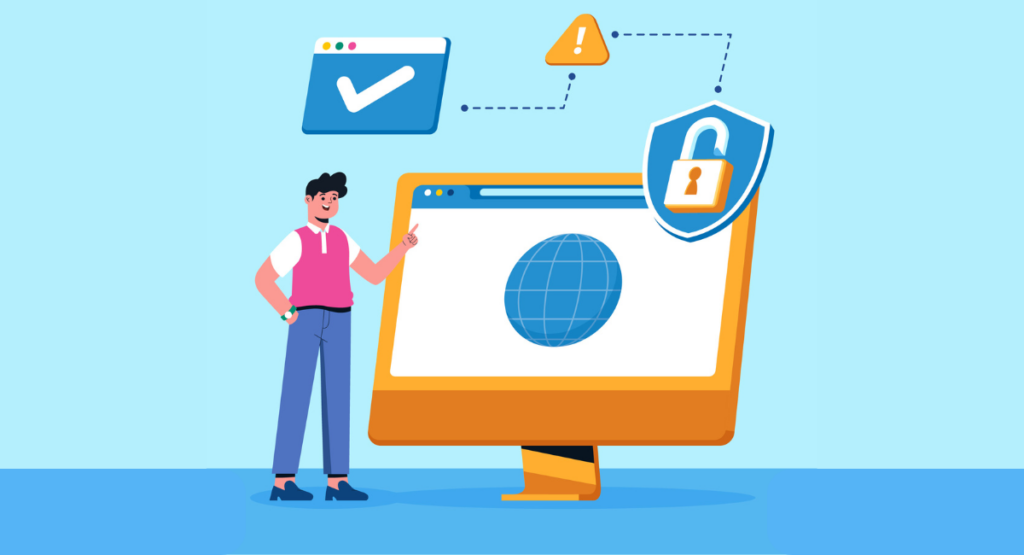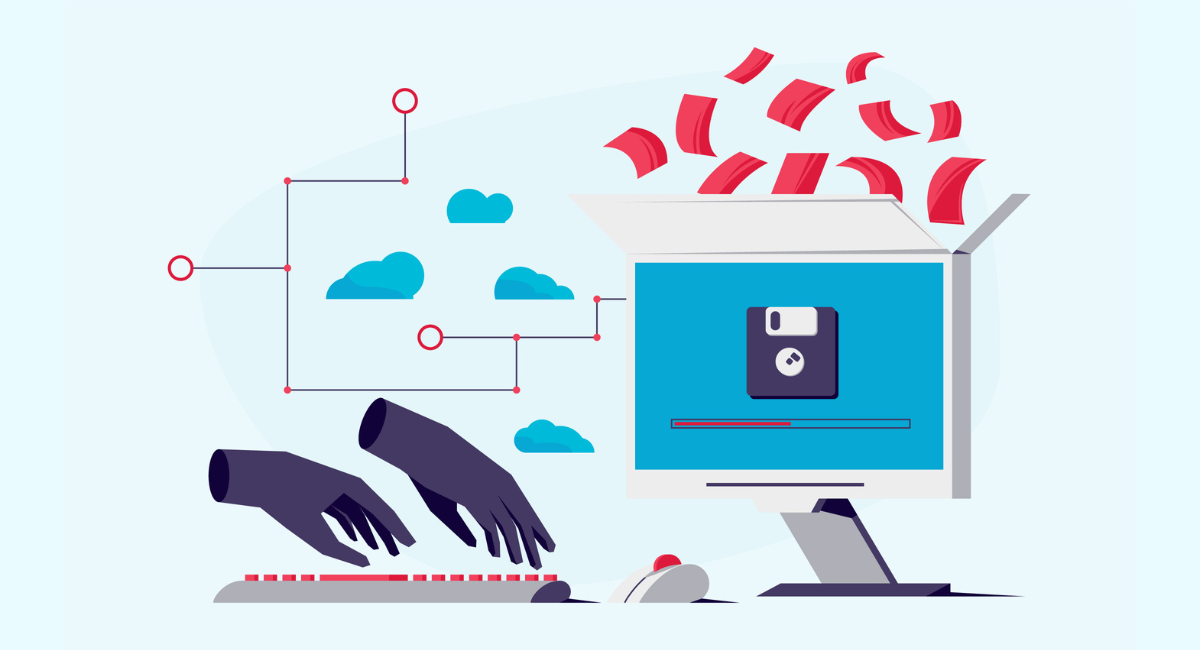Understanding how to get into your computer settings and access or configure proxy settings is quite important in many tasks. Doing local testing is one of those tasks.
The proxy servers will sit in between your local machine and the internet, which can be pretty helpful in testing applications within a controlled environment.
It not only helps in testing, but generally improves knowledge about network configuration. This article will guide you in finding and updating your computer's proxy setting so that you are set up for local testing.
Understanding Proxy Settings

Explanation of Proxy Settings
Proxy setting define a collection of settings used by a system to connect to the Internet using a proxy server. Proxy servers work as a medium entity between a client, more precisely your computer, and the rest of the other servers on a network.
All outbound and inbound requests are handled through the proxy server. Such utilization of the proxy server will be helpful in many ways: from increasing security levels to managing internet usage and bypassing geo-restriction.
These settings are mostly configurable on most browsing platforms or even through the operating system itself.
Importance of Proxy Settings in Network Configuration
The purpose of the proxy settings in a network configuration is control and further directing of the internet traffic. In relation to cybersecurity, they protect the client's computers from direct exposure to the internet, hence reducing the attack risk rate.
Moreover, they implement the internet usage policy in organizations, like corporations and learning institutions, and well manages bandwidth.
Proxy setting are used by developers to save the testing environment at local testing, which goes on to aid in debugging and the process of software development at large.
This makes certain that the application works as it is projected to be before going live.
Locating Proxy Settings on Windows
Step 1: Accessing Proxy Settings in Control Panel
To find proxy setting through the Windows Control Panel, follow these steps:
1. Press the Windows key on your keyboard or click on the Start menu.
2. Type "Control Panel" and open it.
3. Once the Control Panel opens, click on "Internet Options."
4. In the Internet Properties window, navigate to the "Connections" tab.
5. Click on the "LAN settings" button near the bottom of the tab.
Here, you will see if your computer is configured to use a proxy. You can either modify the existing settings or enter new information if necessary.
Step 2: Finding Proxy Settings in Internet Explorer
To locate the proxy settings via Internet Explorer:
1. Open Internet Explorer.
2. Click on the gear icon in the upper-right corner and select "Internet Options."
3. Go to the "Connections" tab and click on "LAN settings."
4. The Proxy setting section will indicate whether a proxy is in use and the details related to it.
This method is straightforward as Internet Explorer uses the same internet settings configured through the Control Panel.
Step 3: Locating Proxy Settings in Google Chrome
To check proxy settings in Google Chrome:
1. Open Google Chrome.
2. Click on the three dots at the upper-right corner and select "Settings."
3. Scroll down and click on "Advanced."
4. Under "System," click on "Open your computer’s proxy setting."
This action will redirect you to the system's proxy settings where you can view, modify, or disable the proxy setting.
Step 4: Checking Proxy Settings in Mozilla Firefox
For Mozilla Firefox, follow these instructions:
1. Open Firefox.
2. Click on the menu button (three horizontal lines) in the top right corner.
3. Select "Options."
4. Scroll down to the "Network Settings" section and click on "Settings."
5. Here you can see if Firefox is set to "Use system proxy settings" or has a custom setup.
The flexibility to set unique proxy configurations in Firefox is beneficial for specific local testing needs. Profile the proxy setting in each of these platforms helps diagnose connection issues or implement required changes for network testing.
Configuring Proxy Settings

Step 1: Modifying Proxy Settings on Windows
To modify proxy settings on a Windows computer, press the Windows key + I to open Settings, and then navigate to "Network & Internet." Click on "Proxy" at the bottom of the left sidebar.
Here, you can configure automatic proxy setup by switching "Automatically detect settings" on or off, or you can use a manual approach by entering the address and port of the proxy server under "Manual proxy setup."
Ensure the "Use a proxy server" option is turned on, and enter the relevant details. Remember to click "Save" after making your changes to ensure they are applied.
H5: Step 2: Setting Up Proxy Parameters for Local Testing
When setting up proxy parameters specifically for local testing, focus on the manual proxy configuration.
In the "Manual proxy setup" section, input the IP address or hostname of your testing proxy and specify the port number commonly used for HTTP or HTTPS traffic, such as 8080 or 443.
If your local environment requires bypassing the proxy for certain addresses, add these exceptions in the "Exceptions" field, separating each entry with a semicolon.
This setup is crucial to mimic real-world user interaction scenarios and capture accurate test results.
H5: Step 3: Verifying Proxy Settings for Efficient Testing
After configuring your proxy setting, verify them to ensure they are correctly set for your testing needs. Open your web browser and access an external site to check if the traffic is routed through the proxy.
Additionally, you can use command line tools such as "ping" or "tracer sproute" to trace network requests, checking if they are being directed as expected.
Confirming these settings helps in preventing connectivity issues during testing sessions and verifies that the proxy handles data as anticipated.
Troubleshooting Proxy Configuration
Common Issues with Proxy Settings
Proxy configuration can often lead to several issues such as unable to connect to the internet, slow network speeds, or receiving error messages about proxy server connection.
These problems might occur due to incorrect proxy settings, issues with the proxy server itself, or network configuration errors that impede proper communication through the proxy.
Solutions to Resolve Proxy Setup Problems
To resolve these proxy-related issues, consider the following approaches:
- Double-check the accuracy of the proxy settings entered. Ensure that the IP address, port number, and exceptions are correctly specified.
- If using automatic configuration, verify the URL of the configuration script for correctness and accessibility.
- Restart your network settings by disabling and re-enabling the proxy setting, or by restarting the computer to refresh network configurations.
- If problems persist, try connecting to the proxy with a different device or network to isolate the issue, determining whether it lies with the original device or the proxy setup.
- For persistent or complex issues, consulting with IT support or the proxy service provider is advisable to receive expert assistance and ensure that the network environment is correctly configured for your specific needs.
By methodically addressing these common setbacks and offering structured solutions, users can effectively manage and troubleshoot their proxy configurations.
Book a Demo and experience ContextQA testing platform in action with a complimentary, no-obligation session tailored to your business needs.
Conclusion
As you navigate the technicalities of proxy settings on your computer, the ability to access and modify these settings becomes crucial for a wide range of functions, like local testing.
Understanding where to find and how to configure these settings not only simplifies developmental tasks but can also enhance the precision and effectiveness of your project outcomes.
Remember that regular checks and updates of your network configurations can prevent future issues and maintain your system’s efficiency.
Also Read - Cross browser testing on desktop & mobile
